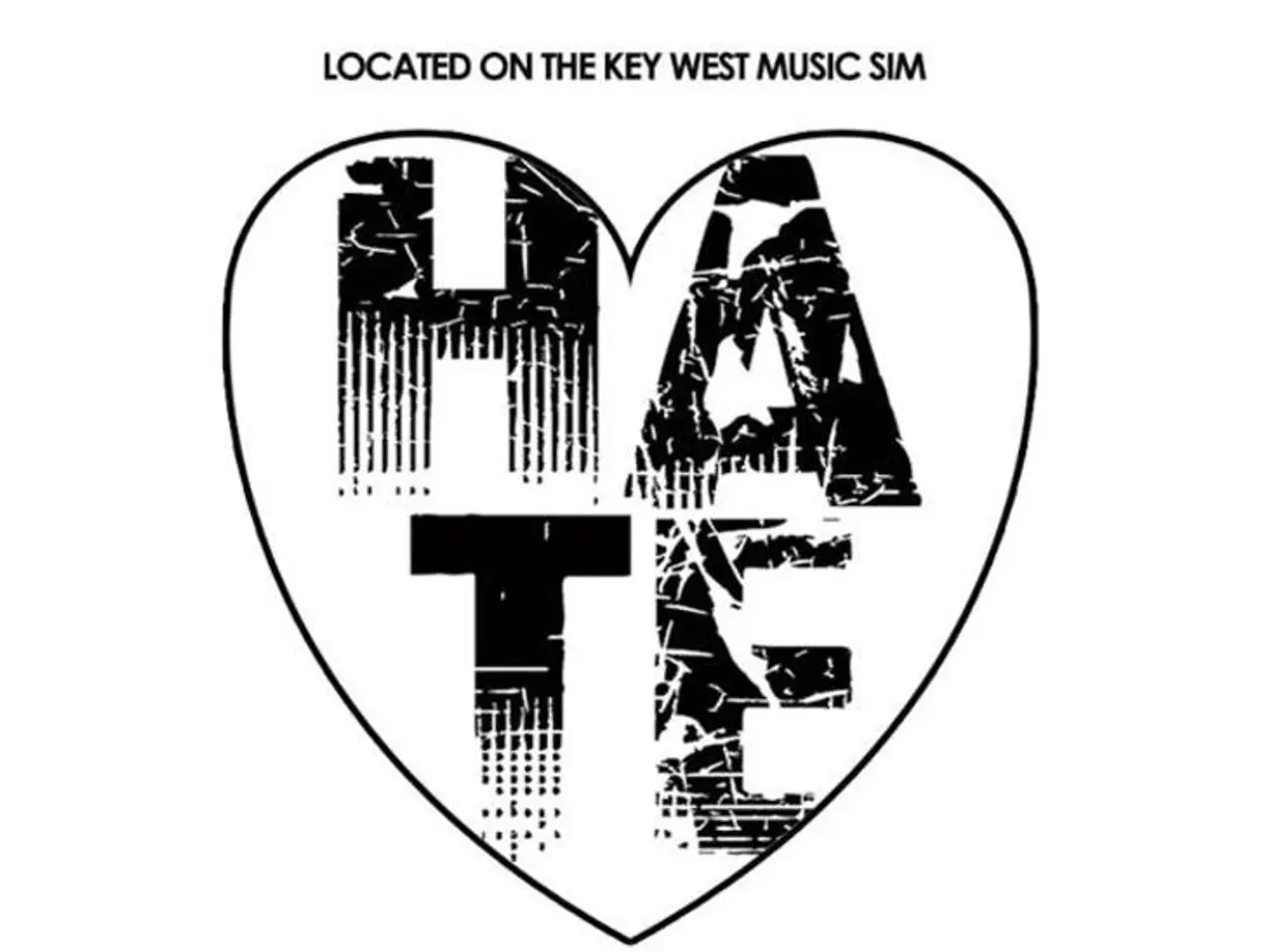Social Interactions versus Isolation: Overcome Social Anxieties Instantly
In the realm of human behavior, two terms often come up: asocial and antisocial. While they may seem similar, they represent distinct patterns of interaction with society.
Asocial behavior signifies a lack of interest or avoidance of social interactions without the intent to harm or disrespect others. This can stem from various reasons such as introversion, temperament, adverse experiences, or mental health conditions. Asociality, in essence, is social withdrawal or disinterest in social engagement [2].
On the other hand, antisocial personality disorder (ASPD) is a serious mental health condition marked by a pervasive pattern of violating social norms and others' rights. People with ASPD often lack empathy and remorse, are deceitful, manipulative, impulsive, and may engage in criminal acts such as setting fires or animal cruelty, behaviours that begin in childhood [1][3][5]. Unlike asociality, ASPD actively harms or disregards others rather than merely avoiding contact with them.
Childhood neglect, abuse, or inconsistent parenting can increase the likelihood of developing antisocial behavior. Genetic predisposition may also contribute to the development of ASPD [6].
Mental health conditions such as psychopathy may co-occur with antisocial personality disorder. Neurological differences in individuals with ASPD may involve brain regions associated with empathy and emotional regulation [4].
Treatment for asocial behavior aims to improve social skills, connections, and reduce isolation through therapy, social skills training, and group therapy or support groups. On the other hand, treating antisocial personality disorder is more challenging due to the individual's lack of empathy and remorse. Cognitive-behavioral therapy (CBT) is often used, focusing on empathy, impulse control, and prosocial abilities [5]. Working on accountability and taking responsibility for actions is essential in managing antisocial behavior.
It's important to note that being antisocial does not equate to being introverted; antisocial behavior involves harmful actions, while introversion is a preference for solitude over extensive social interactions. An introvert finds peace and energy in solitude rather than in social gatherings, preferring deep, meaningful connections over noisy, crowded places [7].
In managing asocial behavior, a balanced routine that includes both alone time and social interaction can be beneficial. Mindfulness and stress-reduction methods, such as yoga or meditation, can help manage social anxiety associated with asocial behavior.
In conclusion, understanding the differences between asocial and antisocial behavior is crucial in addressing these complex social phenomena. While asocial behavior is about avoidance or indifference to social engagement, antisocial personality disorder entails aggressive, manipulative, and often harmful behaviors toward others and societal norms [2][4][5].
Engaging in mindfulness and meditation practices could be beneficial for individuals struggling with asocial behavior, helping them manage the associated social anxiety and fostering a healthier approach to social interactions. On the other hand, the science of mental health and health-and-wellness communities need to explore more effective strategies for treating antisocial personality disorder, as traditional methods, such as cognitive-behavioral therapy, often struggle to address the lack of empathy and remorse present in these individuals.




